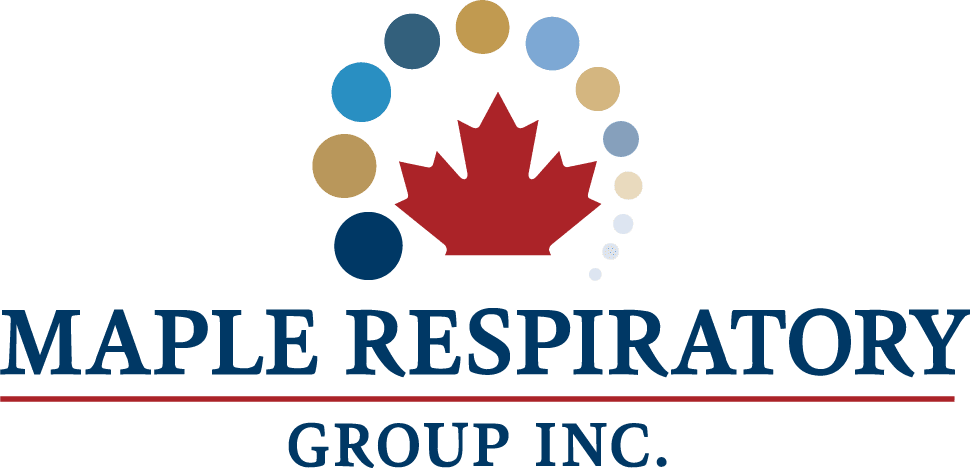This is an integrated health strategy that involves a combination of exercises, education, dietary advice and counseling. Pulmonary rehabilitation is designed to improve the physical and emotional wellbeing of individuals living with chronic respiratory conditions, including Chronic Obstructive Pulmonary Disease (COPD) , Asthma, and Pulmonary Fibrosis.
Pulmonary Rehabilitation


Exercise
Pulmonary rehabilitation includes structured exercise programs that enhance cardiovascular fitness and respiratory muscle strength. This can lead to improved endurance and tolerance for physical activity, making daily tasks less challenging.
Education
Education is a fundamental component of pulmonary rehabilitation. Participants learn about their specific lung condition, medications, proper inhaler techniques, and strategies for managing symptoms. This knowledge empowers individuals to take an active role in their own health and adhere to treatment plans.
Breathing Techniques
There are a number of breathing exercises that can help you manage occasions where you are experiencing shortness of breath. This includes “belly breathing” (from the diaphragm) and pursed lip breathing.
Lifestyle Changes
Smoking is a leading cause of COPD. Quitting is crucial in halting the advance of COPD and other lung diseases. There are currently a wide range of smoking cessation programs, medications and strategies available to help.
Dietary Changes
It has been shown that changes in diet can often help reduce the impacts of COPD and other breathing disorders. This strategy may involve consultation with a trained dietician.
Supplemental Oxygen
With certain respiratory conditions, your lungs may have difficulty providing the necessary uptake of oxygen your body requires. In severe cases, patients may require a portable oxygen device to assist with breathing.
Download our Referral Form
Download our referral form and bring this to your family doctor.

